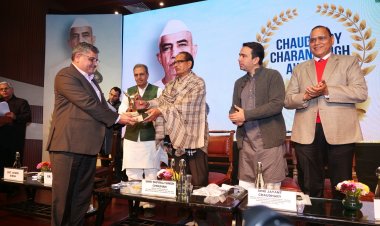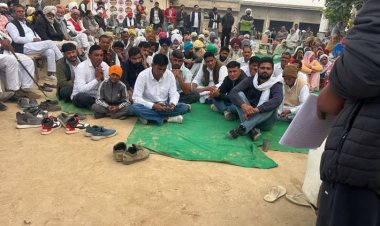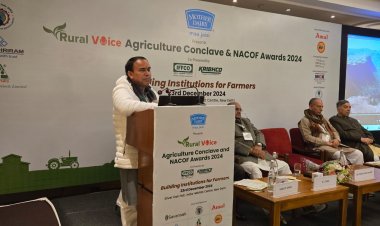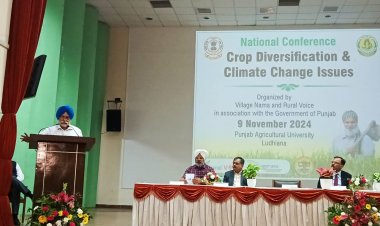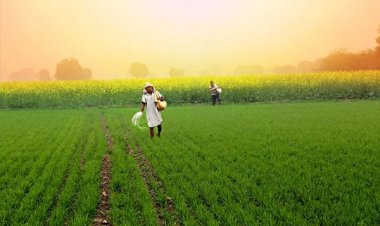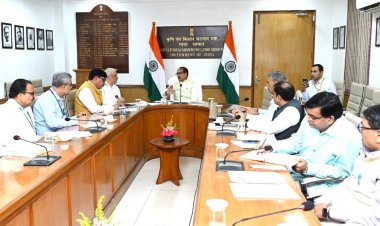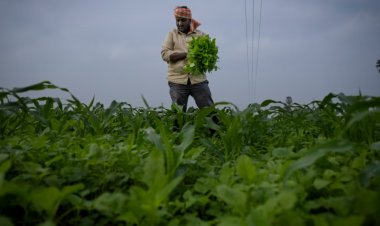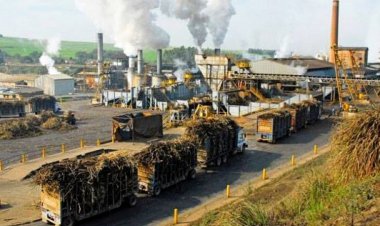Farmers making more money by growing millets, but facing challenges in marketing and processing
paddy cultivation costs Rs 25,000-30,000 per hectare, the cost of ragi per hectare is Rs 8,000-10,000. Whereas more water is required for irrigation of paddy, the requirement is less for ragi. Similarly, chemical fertilizers have to be used in growing paddy, while natural fertilizers are used in ragi cultivation. This also strengthens the fertility of the land.
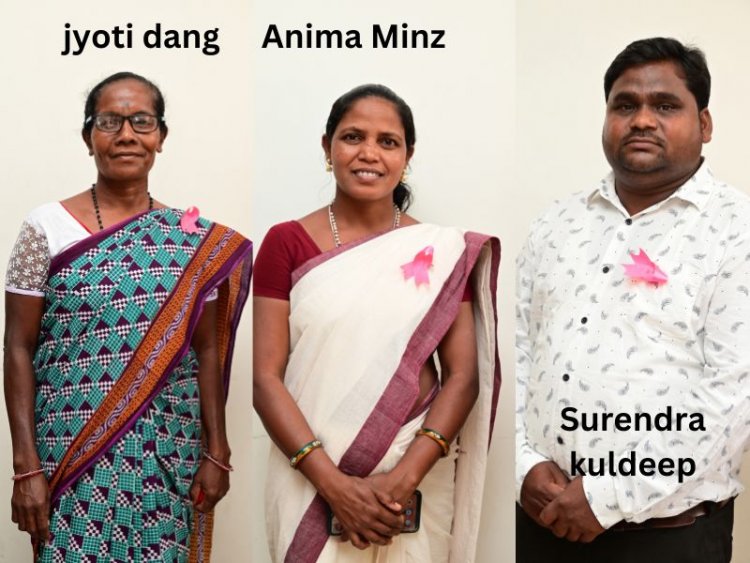
The year 2023 is being celebrated as the International Millet Year, with India in the vanguard. Millets are proving helpful in increasing the income of small, marginal and landless farmers. Compared to the cultivation of traditional grains like paddy or wheat, it costs less and at the same time ensures higher income. Farmers are getting benefited from this.
However, they are still facing certain challenges and difficulties in the absence of advanced threshers for coarse grains.
Surendra Kuldeep, a farmer from Darlipada in Naupada district of Odisha, has been growing ragi for the last few years. Talking to Rural Voice, Kuldeep, who came to the national capital to participate in the 'Budget Charcha' program of Rural Voice and Socratus Foundation at the India International Centre recently, said the cost of growing ragi is less compared to cultivation of traditional cereals.
While paddy cultivation costs Rs 25,000-30,000 per hectare, the cost of ragi per hectare is Rs 8,000-10,000. Whereas more water is required for irrigation of paddy, the requirement is less for ragi. Similarly, chemical fertilizers have to be used in growing paddy, while natural fertilizers are used in ragi cultivation. This also strengthens the fertility of the land.
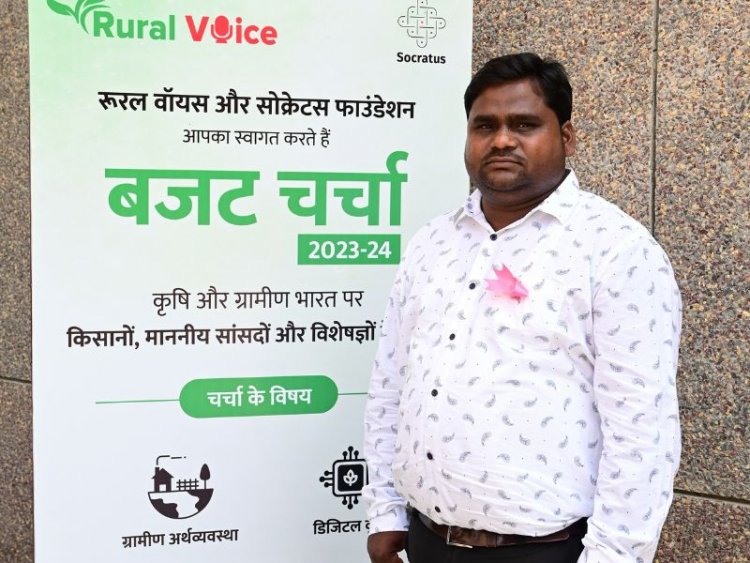
Anima Minz, a farmer from Gyanpali in Sundargarh district of Odisha, told Rural Voice that she was inspired to cultivate ragi through an FPO (Farmer Producer Organisation). Anima has very little land. She narrated that ever since she has been cultivating it, her income has increased as compared to what she was getting earlier. The advantage of joining the FPO is that apart from getting good seeds, they also get valuable advice. The price of their crop is also good. Apart from this, there is an opportunity to display products made from ragi in agricultural fairs and agricultural exhibitions, which also earns good money.
She said that people like biscuits made out of ragi. As far as the challenges are concerned, the biggest challenge is to prepare the crop because the thresher provided by the FPO takes a lot of time to ready the millets. Also, better packaging of ragi products in exhibitions can fetch good prices which are not available now. She said that ragi farmers should get encouragement from the government to overcome these problems.
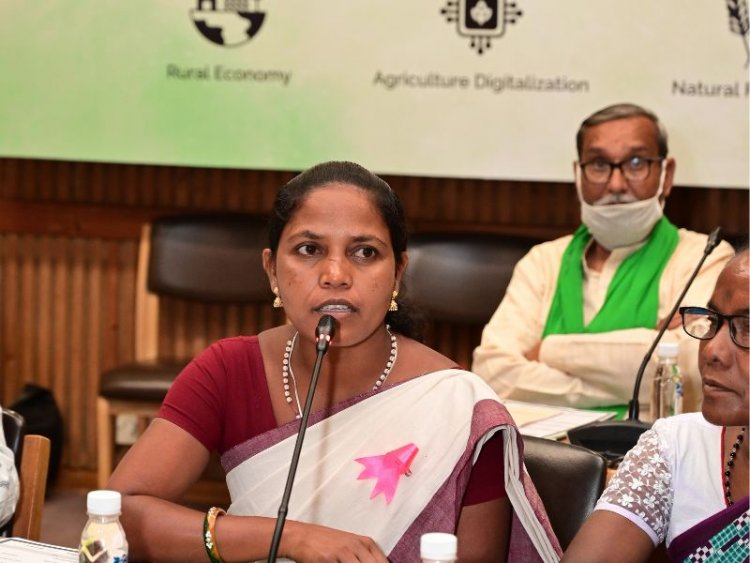
In a conversation with Rural Voice, Jyoti Dang, a resident of Bartoli in Sundergarh district of Odisha, said that she comes from a tribal community and does not own land. She cultivates ragi on others' land. She said that if the government encourages ragi farmers and provides financial assistance to them, the production can be increased. Being a landless farmer, her problem is that she is able to do farming only when she gets a vacant land.
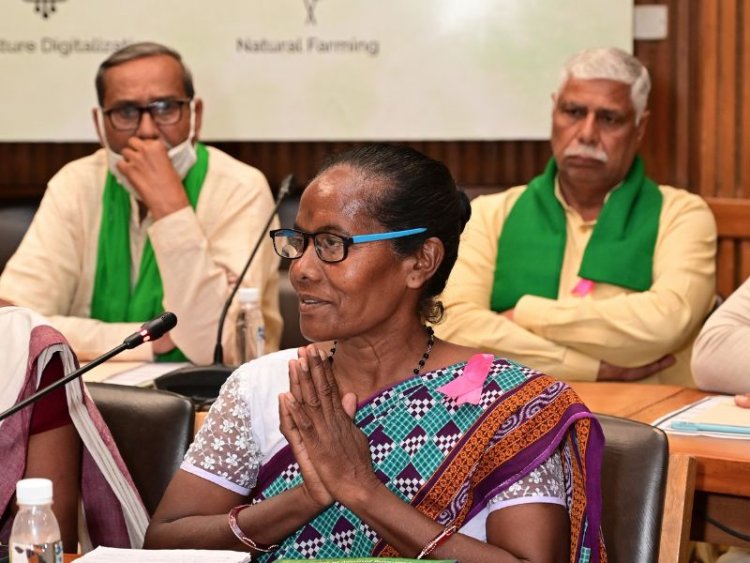
According to official figures, the area under coarse cereals has increased considerably. Whereas it was cultivated in 122.9 lakh hectares in 2013-14, it has increased to 154.8 lakh hectares in 2021-22. About 2.5 crore small and marginal farmers are associated with its cultivation. To promote coarse grains, the government also fixes the minimum support price (MSP) of crops like ragi, jowar, millet.
India is one of the largest producers of millets in the world. About 25 per cent of the world's total production is produced here, but the share of exports is still low. India exported coarse cereal products worth $34.32 million during 2021-22, which is a very small quantity. India has great potential to increase exports of coarse grain products in view of the growing global demand for healthy and sustainable food alternatives.
There has been an increase in the awareness among the people. Because the coarse grain is full of nutrition, its demand is increasing. According to an estimate, there has been an increase of 30 per cent in the sale of coarse grain products in the recent past. Cultivation of coarse cereals is done in 12-13 states in India.



 Join the RuralVoice whatsapp group
Join the RuralVoice whatsapp group



















